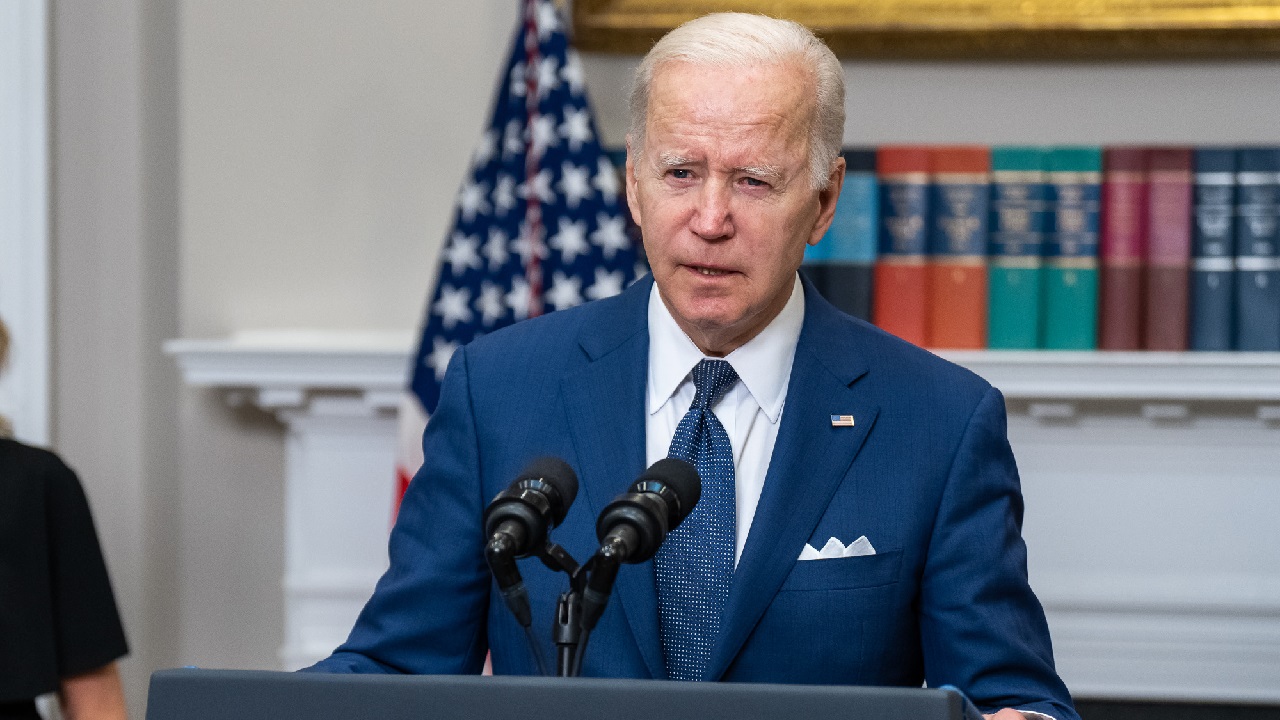Yesterday’s decision by the Federal Reserve to raise interest rates by 25 basis points rather than by 50 basis points was the right decision under the circumstances. However, that is far from saying that it will save us from a hard economic landing later this year as the price for the Fed’s egregious monetary policy mistakes in 2021.
The primary reason that the Fed finds itself in its present policy predicament of having to choose between reducing inflation and reducing financial market strains is that it kept monetary policy far too loose for far too long in 2021.
At a time when the economy was recovering well from the Covid-induced recession and was receiving its largest peacetime budget stimulus on record, the Fed maintained interest rates at their zero-lower bound and allowed the money supply to balloon. At a time when the stock market and the housing market were booming, the Fed chose to continue flooding the market with liquidity. It did so by buying $120 billion a month in US Treasury bonds and mortgage-backed securities.
The net result of the Fed’s monetary policy largesse is that not only did we get multi-decade high inflation. We also got an equity and housing market bubble and very poor credit market decisions, including those in the banking system.
Beginning in March 2022, the Fed belatedly responded to multi-decade high inflation with the most aggressive interest rate hiking cycle in the past forty years. That has taken a lot of air out of the stock market and housing market bubbles. More ominously yet, it has revealed serious problems in the banking system. The US Treasury and Fed have been forced to protect uninsured depositors in the Silicon Valley Bank and Signature Bank while a group of large commercial banks have had to prop up First Republic Bank.
All of this has put the Fed in an impossible policy position. Being data driven, the Fed feels that it needs to keep raising interest rates to bring down stubbornly high inflation. However, with a banking sector crisis in full view, it needs to lower interest rates to prevent further cracks from emerging in the banks that could lead to a full-blown credit crunch.
When it met yesterday, the Fed had three policy options. It could raise interest rates by 50 percent as earlier planned to show that it was serious about regaining inflation control. It could pause to take account of the possibility that the economy was heading towards recession as a result of the combination of past interest rate hikes and an unfolding credit crunch especially at the regional banks. Indeed, such a decision might have spooked markets which might have come to believe that the Fed knew that the banking sector crisis was worse than the market considered it to be. Alternatively, it could steer a middle course and raise interest rates by 25 basis points.
In the event, the Fed seems to have chosen its least bad policy option by raising interest rates by only 25 percent. However, one would have to engage in wishful thinking to believe that we will not see a rolling banking crisis later this year as more banks are found to have been swimming naked in the period of easy Fed money. One would also have to engage in wishful thinking to believe that the combination of a hawkish interest rate hiking cycle and a credit crunch at the regional banks will not lead to a recession later this year.
The moral of the story is that it would have been better had the Fed not been asleep at the wheel in 2021 when inflationary pressures were building and an asset price and credit market bubble was forming.
However, that would seem to be water under the bridge and it will be we who will be paying a painful price for the Fed’s blunders in the form of a hard economic landing.
Author Biography
Dr. Desmond Lachman joined AEI after serving as a managing director and chief emerging market economic strategist at Salomon Smith Barney. He previously served as deputy director in the International Monetary Fund’s (IMF) Policy Development and Review Department and was active in staff formulation of IMF policies. Mr. Lachman has written extensively on the global economic crisis, the U.S. housing market bust, the U.S. dollar, and the strains in the euro area. At AEI, Mr. Lachman is focused on the global macroeconomy, global currency issues, and the multilateral lending agencies.

